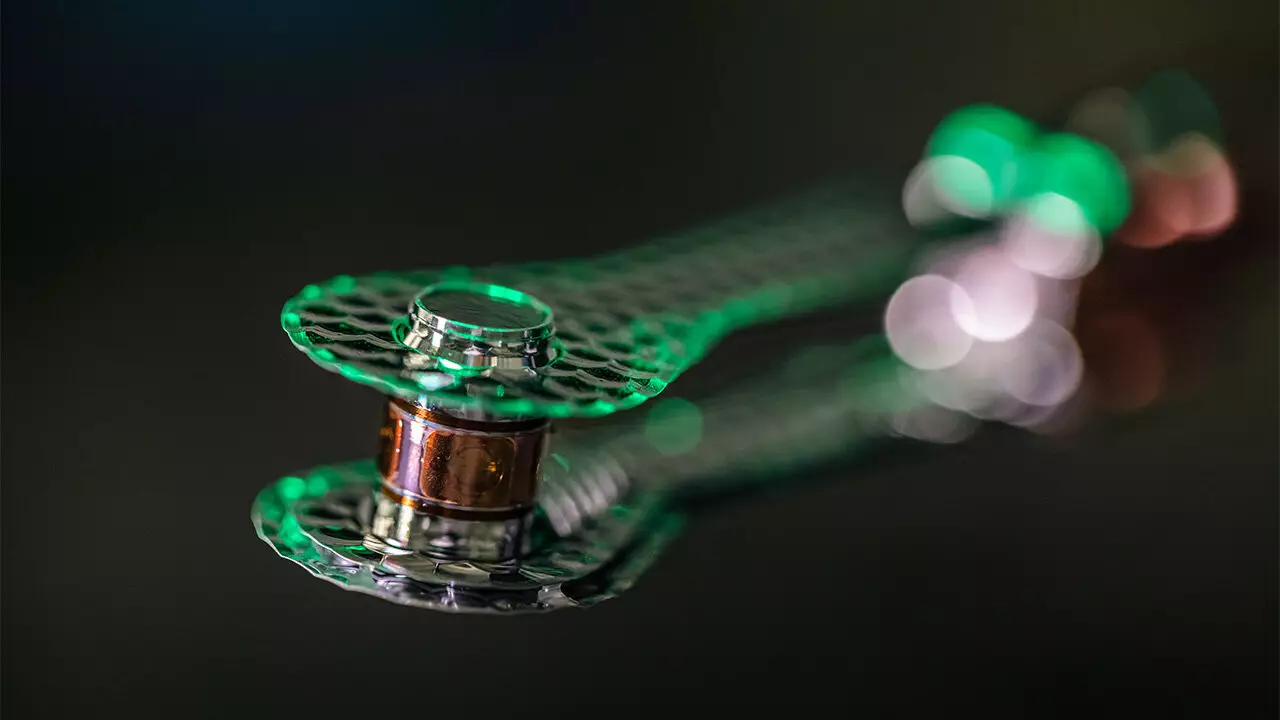Advancements in understanding and resolving the “drive-deficit” problem in indirect-drive inertial confinement fusion (ICF) experiments have been made by researchers at Lawrence Livermore National Laboratory (LLNL). This breakthrough could lead to more accurate predictions and improved performance in fusion energy experiments at the National Ignition Facility (NIF).
The team’s findings, which are published in the journal Physical Review E, focused on the discrepancies between predicted and measured X-ray fluxes in laser-heated hohlraums at NIF. The study, led by physicist Hui Chen, Tod Woods, and a team of experts at LLNL, aimed to pinpoint the physical cause of the radiation drive-deficit problem that has been a puzzle in ICF research for over a decade.
In NIF experiments, scientists use hohlraums to convert laser energy into X-rays, which then compress a fuel capsule to achieve fusion. For years, researchers have faced a challenge where the predicted X-ray energy was higher than what was measured in experiments, leading to discrepancies in the time of peak neutron production. This discrepancy, known as the “drive-deficit,” required artificial reduction of laser drive in simulations to match observed results.
LLNL researchers discovered that the models used to predict X-ray energy were overestimating the X-rays emitted by gold in the hohlraum in a specific energy range. By adjusting X-ray absorption and emission in that range, the models were able to better reproduce observed X-ray fluxes and eliminate most of the drive deficit. This adjustment was crucial due to uncertainties in rates of atomic processes and highlighted areas where gold atomic models need improvement.
Improving the accuracy of radiation-hydrodynamic codes based on these findings will allow researchers to better predict and optimize the performance of deuterium-tritium fuel capsules in fusion experiments. This adjustment not only enhances the accuracy of simulations but also enables more precise design of ICF and high-energy-density (HED) experiments following ignition. It is a critical step in discussions regarding upgrades to NIF and future fusion facilities.
The breakthrough made by LLNL researchers in resolving the drive-deficit problem in fusion energy experiments marks a significant milestone in the field of ICF research. By addressing discrepancies in X-ray flux predictions and improving simulation accuracy, this discovery opens up new possibilities for enhancing the performance of fusion energy experiments and paves the way for advancements in future facilities.


Leave a Reply